The scene in Roman Holiday when journalist Joe Bradley, played by Gregory Peck, tells Audrey Hepburn’s Princess Ann that she is to have a holiday, and to take the whole day off, is perhaps one of the most recognisable in cinema. The moment is known to millions, whether they have watched the film or not, through the countless reproductions which fill the gift shops of Rome even in these relatively tourist-free times.
The setting is the Spanish Steps, the great staircase linking the Piazza di Spagna to Santissima Trinità dei Monti. Designed by Francesco De Sanctis and built in 1723–26, it is one of the two great public urban staircases in Rome from the first half of the 18th century. The other, earlier example, Alessandro Specchi’s Porto di Ripetta of 1703–04, was destroyed in the late 19th century to make way for the Ponte Cavour, an act that was decried by pioneering Roman topographer Rodolfo Lanciani as being both barbarous and undemocratic. All that remains of it today is a little-noticed fountain hidden behind some trees opposite the Palazzo Borghese.
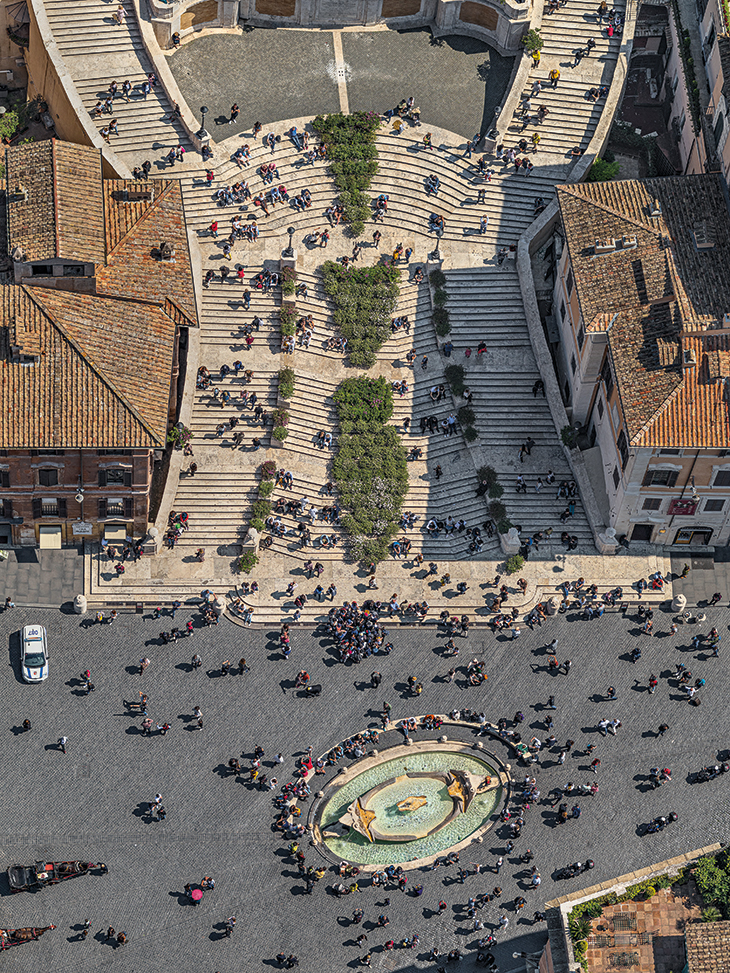
Scalinata di Trinità dei Monti (2019), Bernhard Lang. © Bernhard Lang
Monumental staircases had been built in Rome before these. One obvious predecessor would be the stairs of Bramante’s Cortile de Belvedere. Yet in conception these perhaps bear the greatest similarity to a work not outdoors in Rome but indoors in Florence: the famed staircase of the ricetto or vestibule of the Laurentian Library, designed by Michelangelo and executed largely according to his intentions by Bartolomeo Ammannati. Rather than encouraging ascent, the stairs are designed so as to make the visitor wish to pause and consider them. Like the Porto di Ripetta and the Spanish Steps, here the staircase is also a work of architectural sculpture in its own right.
At the same time, these unorthodox staircase forms do something to disguise the practical considerations that generated them. The terraces of the Porto di Ripetta, for instance, were designed so that the port could continue to function regardless of the level of the river. The breadth of the stairs at its base, moreover, gave ample space for the docking of ships. This had been absent in the previous iteration of the port, which was really nothing but a muddy ramp, often piled high with rubbish left by the citizens of the city. Only 20 metres wide at the bottom, it was too short for many ships.

The smaller harbour, called the Porto di Ripetta (Veduta del Porto di Ripetta) (c. 1753), Giovanni Batista Piranesi. Metropolitan Museum of Art, New York
But Specchi’s was also a dramatic solution. At street level he introduced an elliptical piazza with the earlier church of San Girolamo as its focal point and from which three flights of stairs descended to the river in a sweeping double-s curve plan. The result was that from the river the stairs created a grand entrance to the church above, perhaps the first attempt in Rome to monumentalise the approach to the city from the Tiber. To make this effect even more striking, Specchi used sleights of hand borrowed from the theatre. He dressed up a tenement building, for instance, as a fictive chapel by way of a stuck-on pedimented facade and, in his most ingenious conceit, used a technique taken directly from contemporary set design to create the impression that the steps were rippling like water (as Tod A. Marder has argued). So the port not only linked the city to the river, but also made it seem as though the river was permeating its fabric, an effect that is strengthened in contemporary engraved maps.
The Spanish Steps similarly provided a practical solution to an architectural problem. They had been planned since at least 1650 when the French monastic order of the Minims, who owned the Church of Santissima Trinità, succeeded in acquiring all of the land on the steep hillside below it down to the Piazza di Spagna. Bernini made proposals, but it was only in 1720, long after the architect and sculptor’s death, that Pope Clement XI persuaded the Minims to release the funds that they had accrued for the construction of the staircase. Designs were produced by Specchi among others, but he ultimately lost out to Francesco De Sanctis, though the latter took on many of his ideas. The proposal was chosen in 1723 (by now during the papacy of Innocent XIII) with construction completed three years later.
De Sanctis’s real success was in turning what was a steep and arduous climb into a gentle ascent. This he achieved by the introduction of two spacious terraces. But even more than at the Ripetta, these stairs cannot be considered simply as a means to an end. Because most of all what one wants to do on the Spanish Steps is stop: the design creates hindrances to one’s ascent rather than just facilitating it. If one tries to ascend from the Piazza di Spagna up the middle of the three flights at its base, for example, one is stopped by the retaining wall below the second of the terraces. To continue, one needs to turn to the sides. The intention must surely have been to encourage the visitor to pause and look: upwards at the Trinità dei Monti and, turning around, down to the city below.
However, of as much importance as the view from the steps is the view of them. This returns us to the theatre. As in baroque set design, the view of the Spanish Steps from the Piazza di Spagna is carefully controlled by the introduction of two buildings, one on either side, which were built after the completion of the steps in 1726–27. The result is that when considered from the Piazza di Spagna, the steps become a stage on which the theatre of everyday life takes place.
And this is why they provide so striking a setting in Roman Holiday. While Peck and Hepburn pause on one of De Sanctis’s terraces, the life of the city flows around them. Seen from the Piazza di Spagna, this flow of people – descending and breaking around the terraces, and around individuals pausing for rest – looks almost like water trickling through one of Rome’s great fountains. If the Ripetta was designed with the theatrical illusion of water in mind, then perhaps the intention here was the same, although here it is not the stairs that emulate water but the people who use them.
It is ironic, then, that in 2019 the Roman city government under mayor Virginia Raggi made sitting on the steps a fineable offence. Today martials in high-visibility jackets stand ready to issue warnings (and potentially €400 fines) to anybody who chooses to sit on them, robbing them of their carefully controlled balance between stasis and movement, and any latter-day Audrey Hepburn of her chance for an ice cream.
From the July/August 2021 issue of Apollo. Preview and subscribe here.
Unlimited access from just $16 every 3 months
Subscribe to get unlimited and exclusive access to the top art stories, interviews and exhibition reviews.

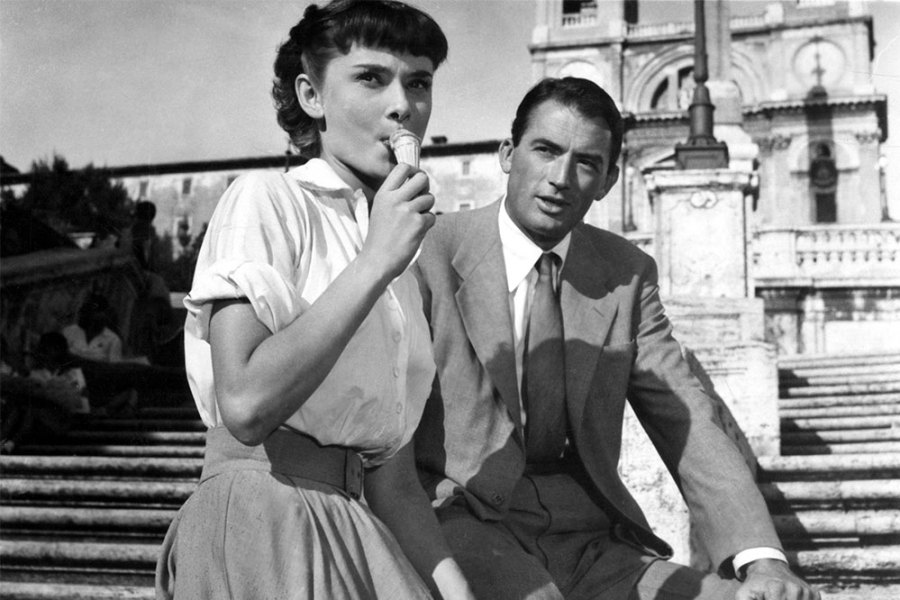
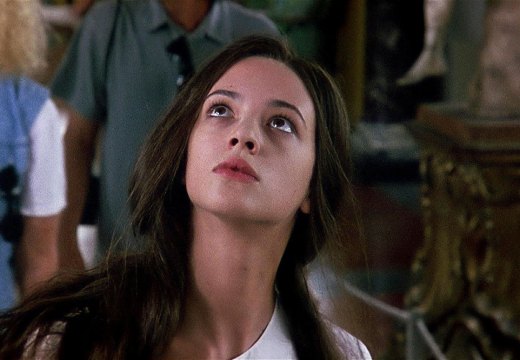
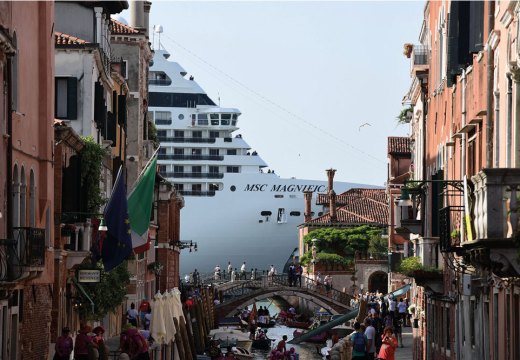
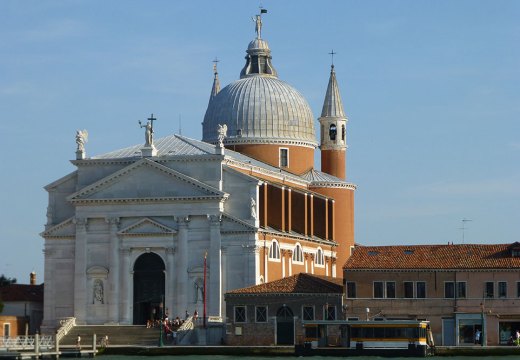









![Masterpiece [Re]discovery 2022. Photo: Ben Fisher Photography, courtesy of Masterpiece London](http://www.apollo-magazine.com/wp-content/uploads/2022/07/MPL2022_4263.jpg)
It’s time for the government of London to return to its rightful home